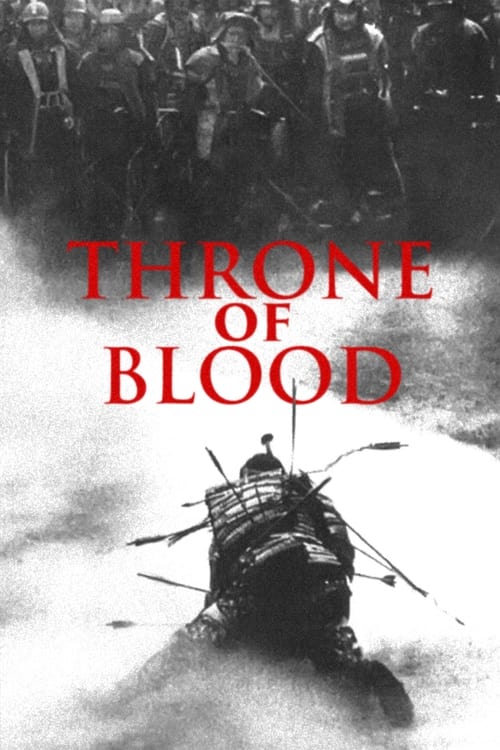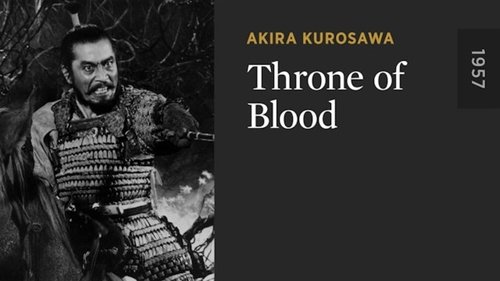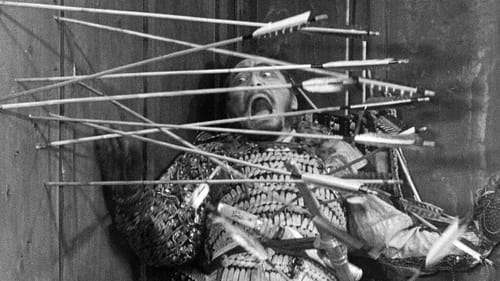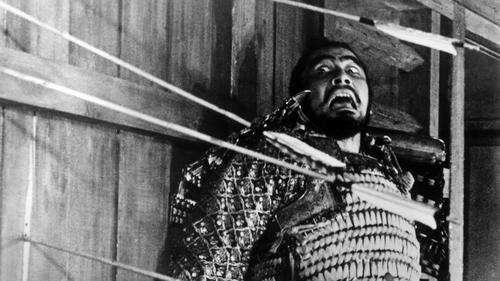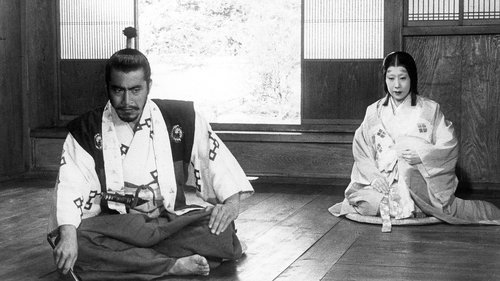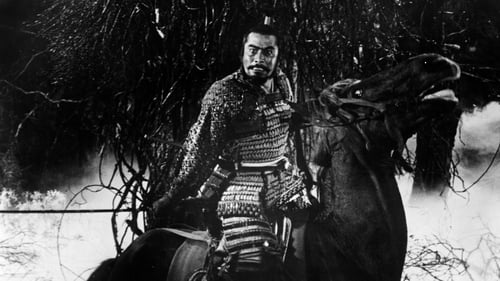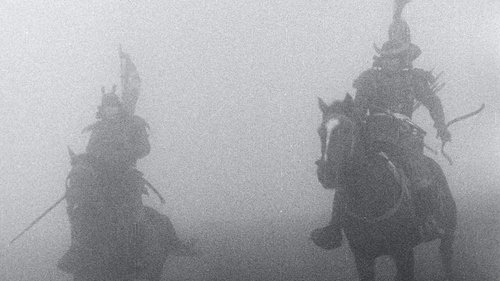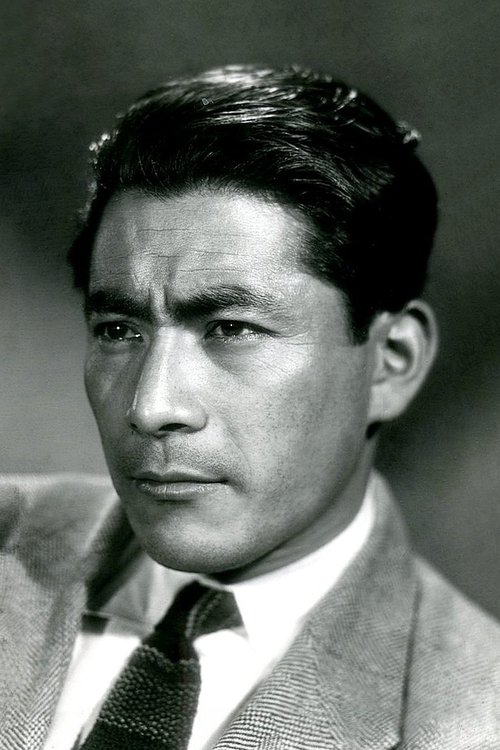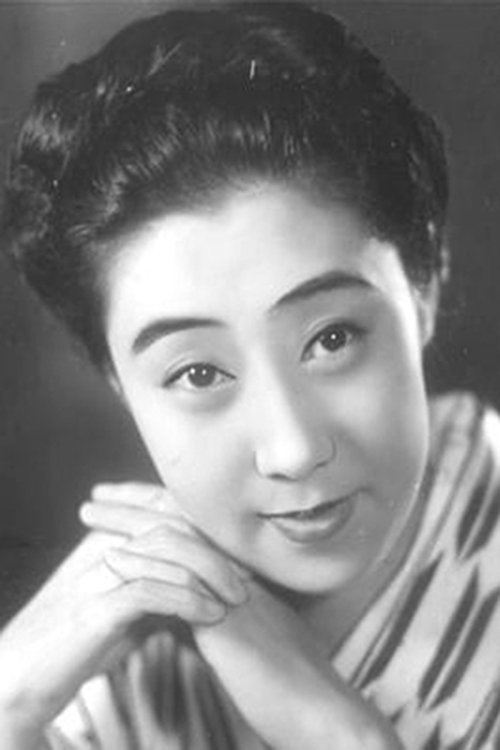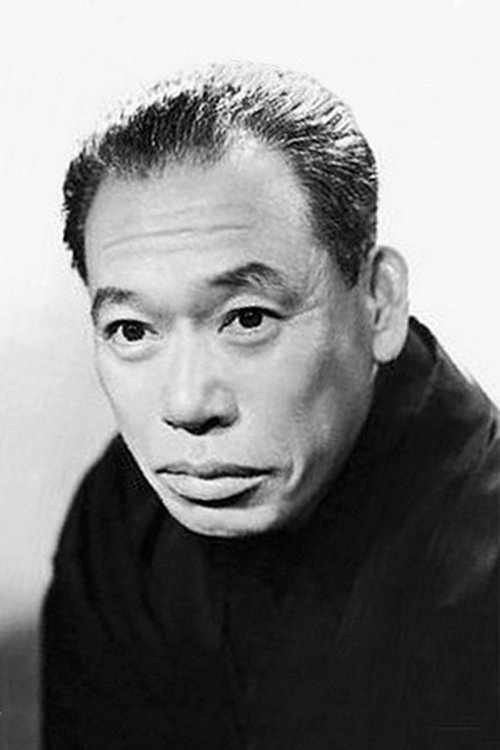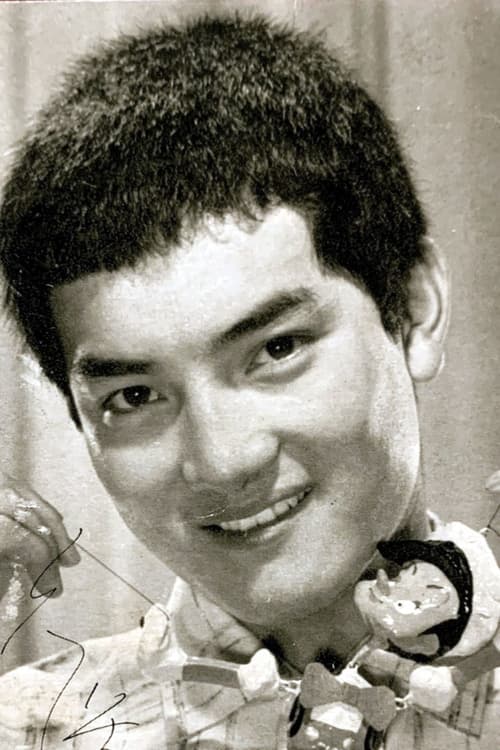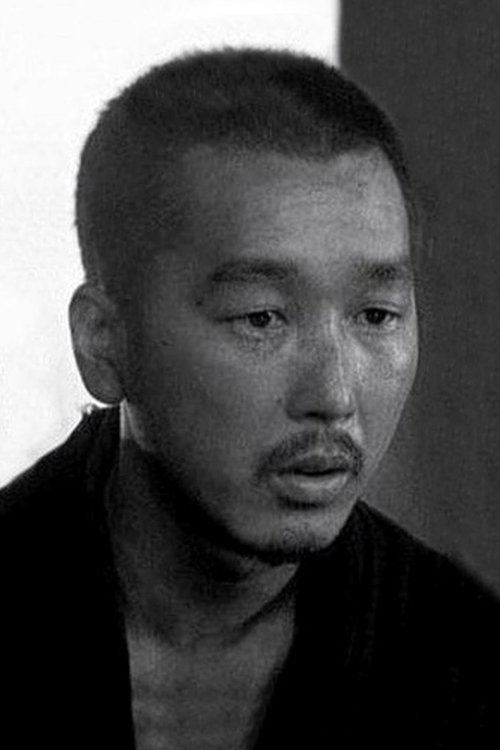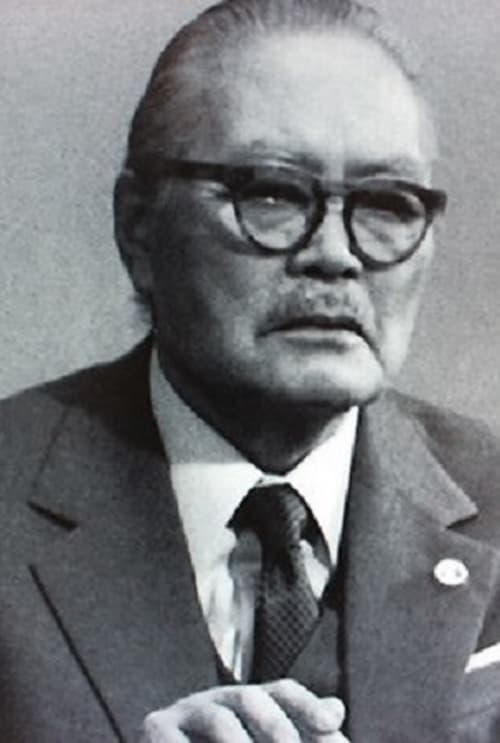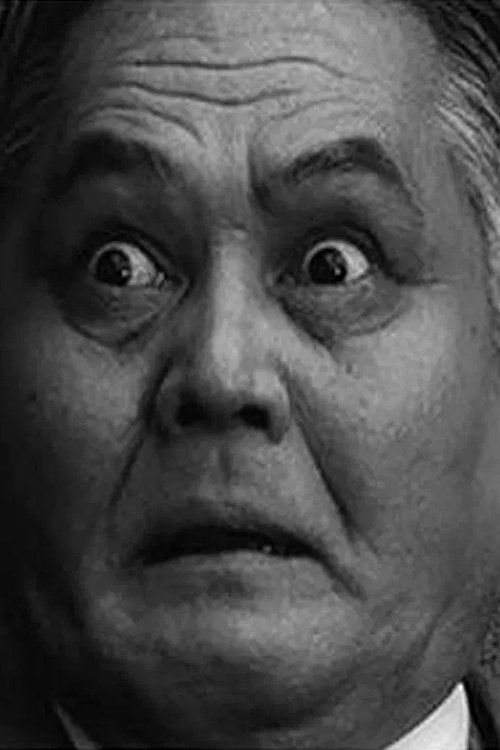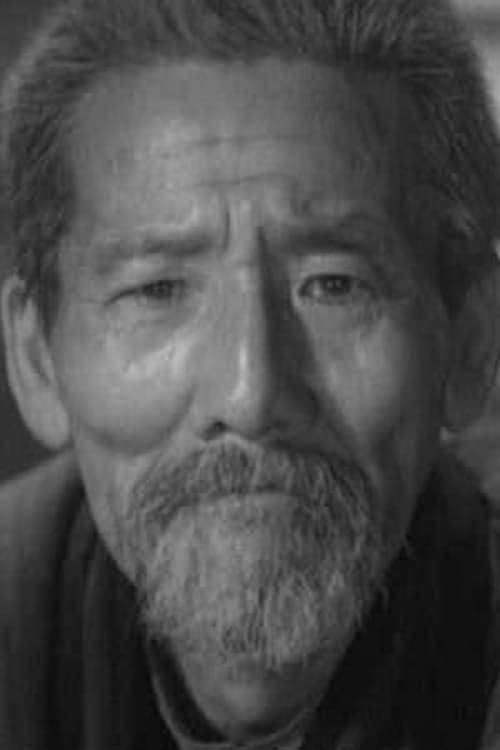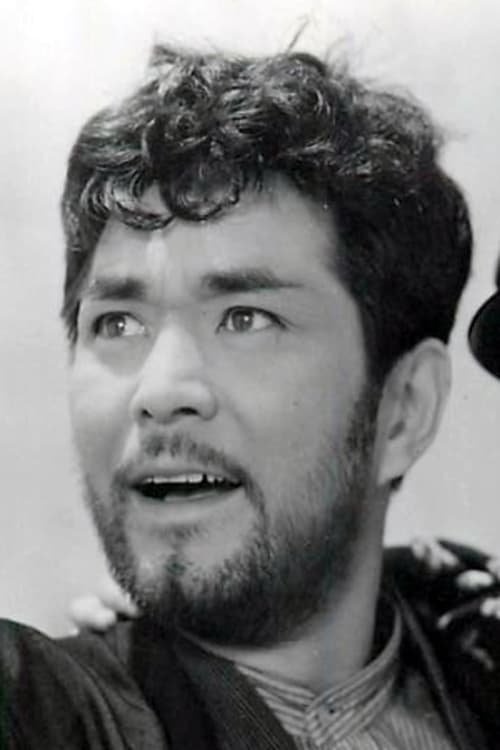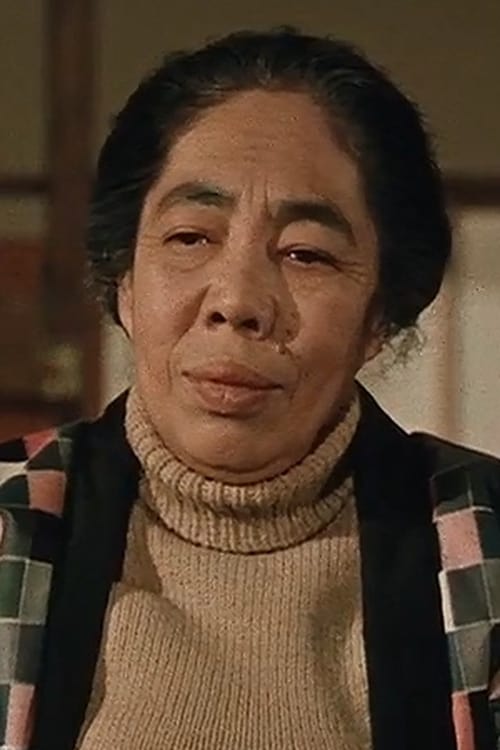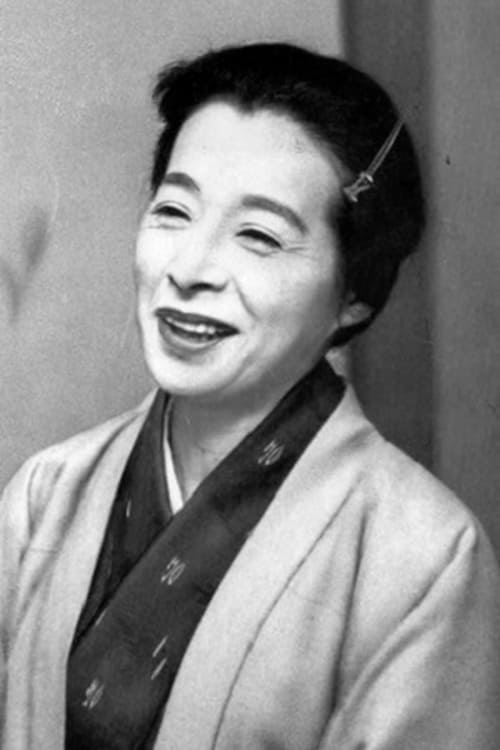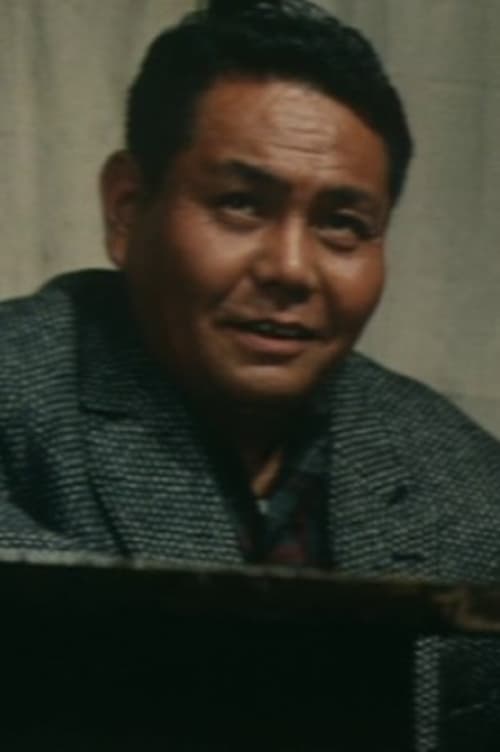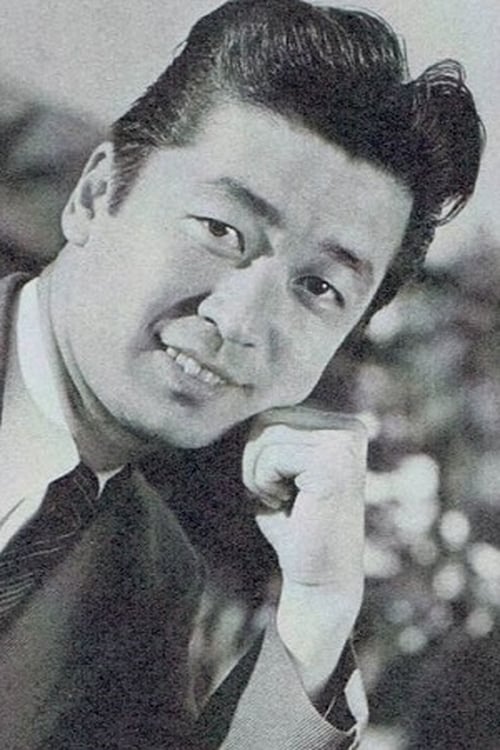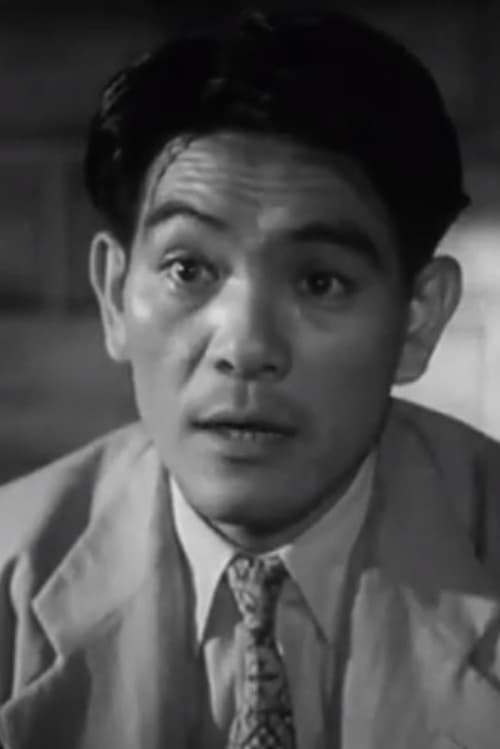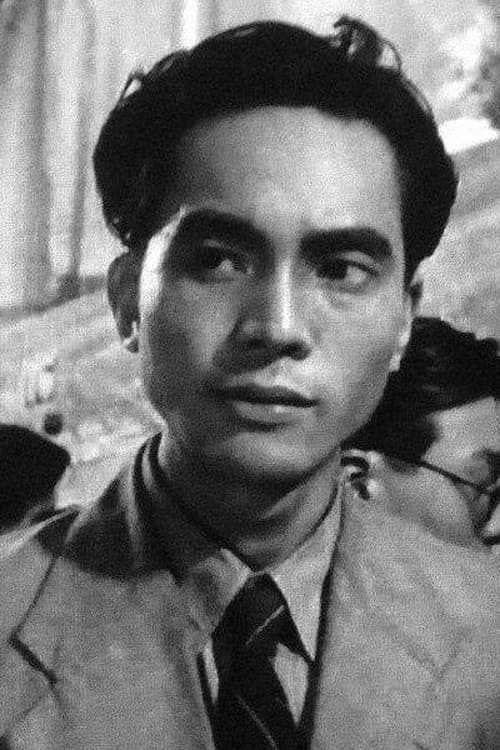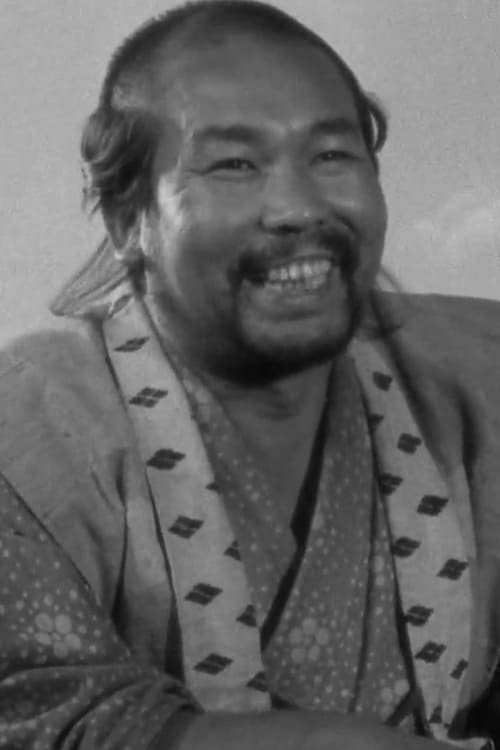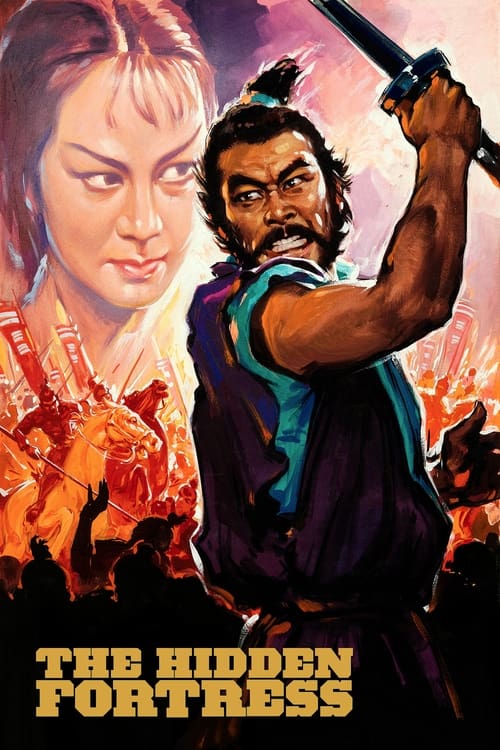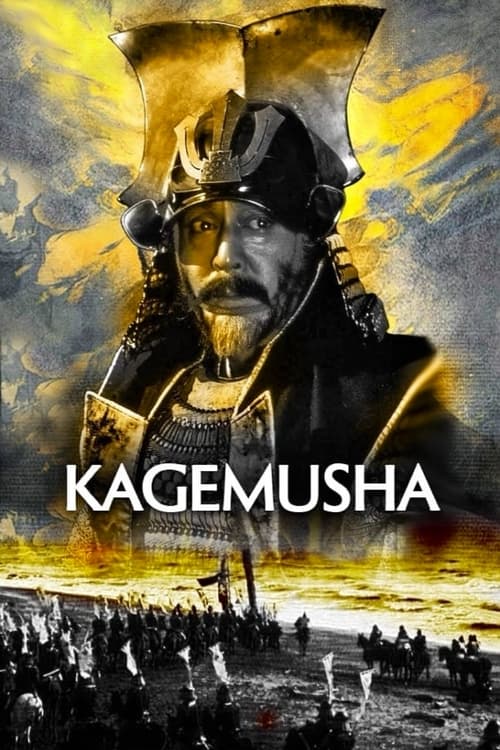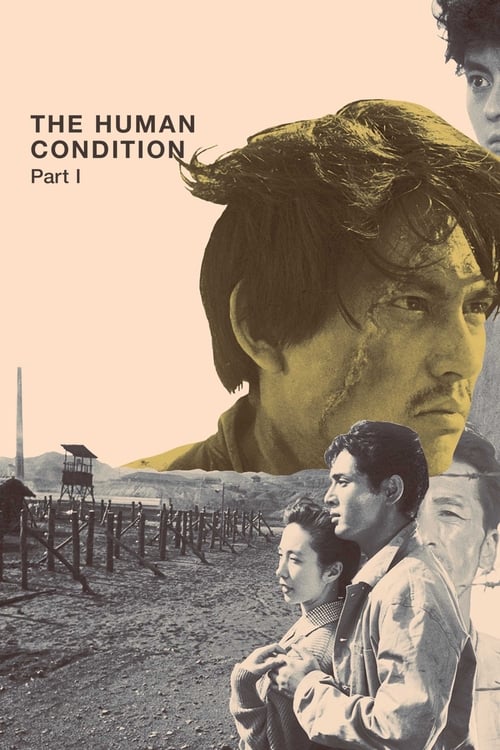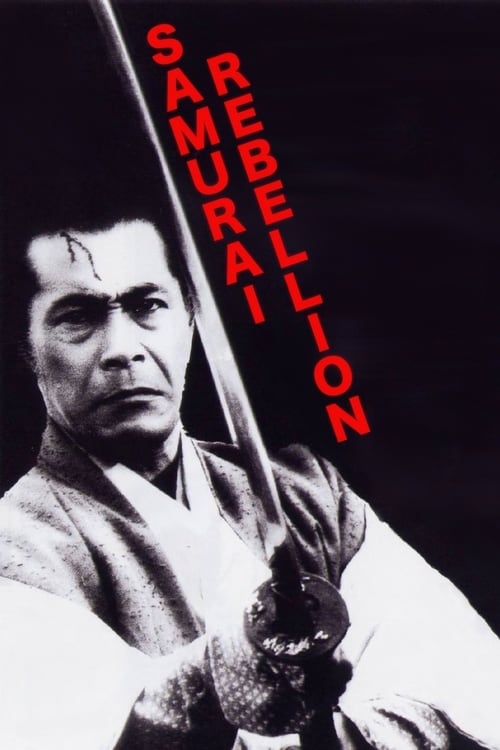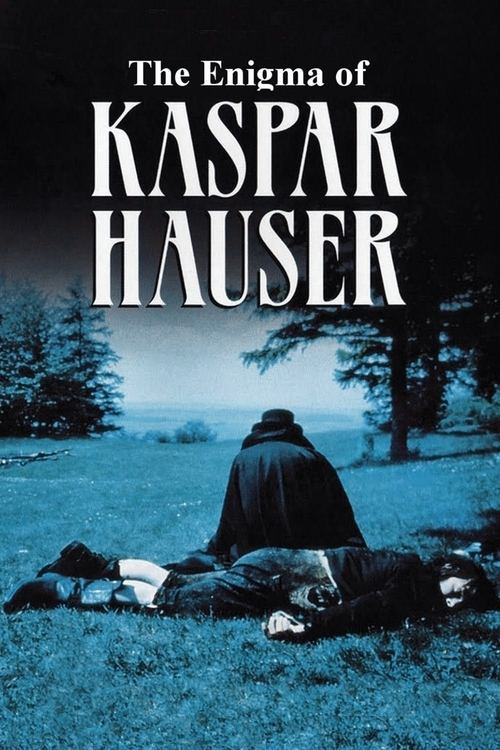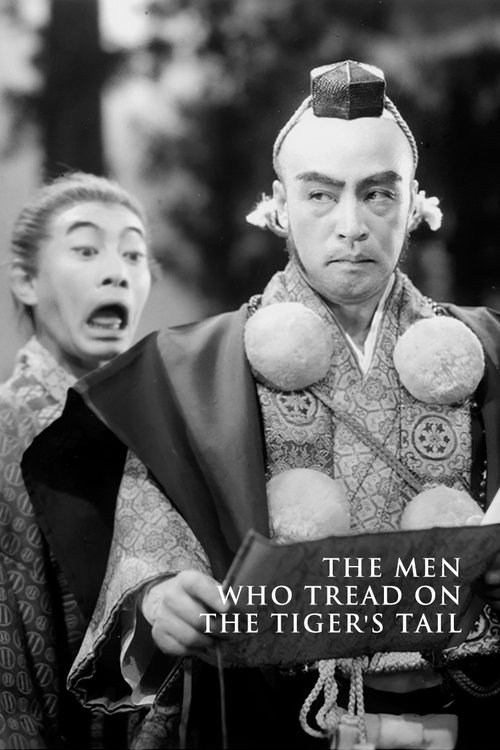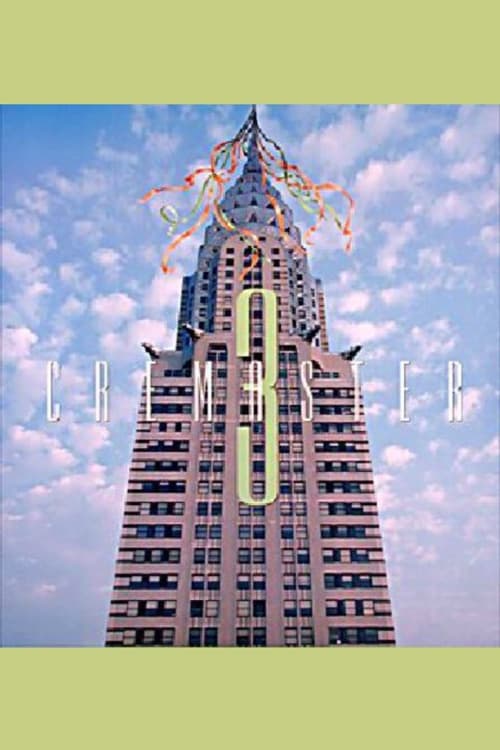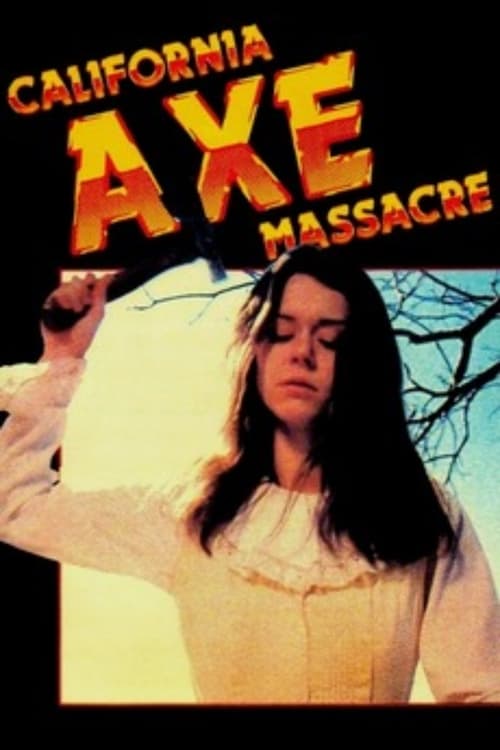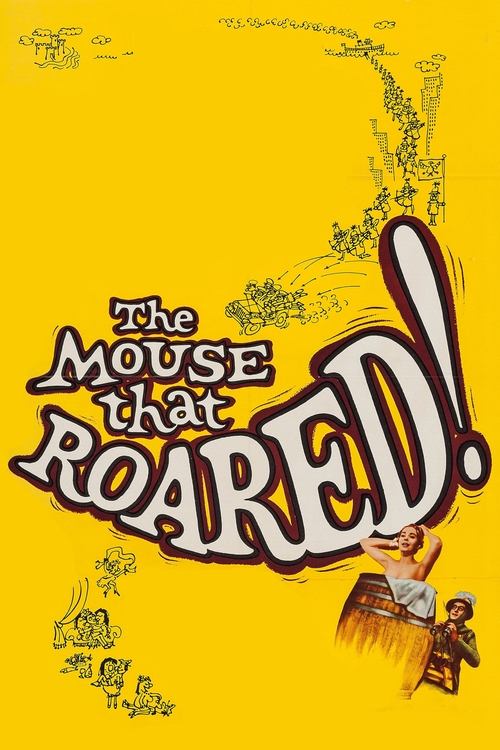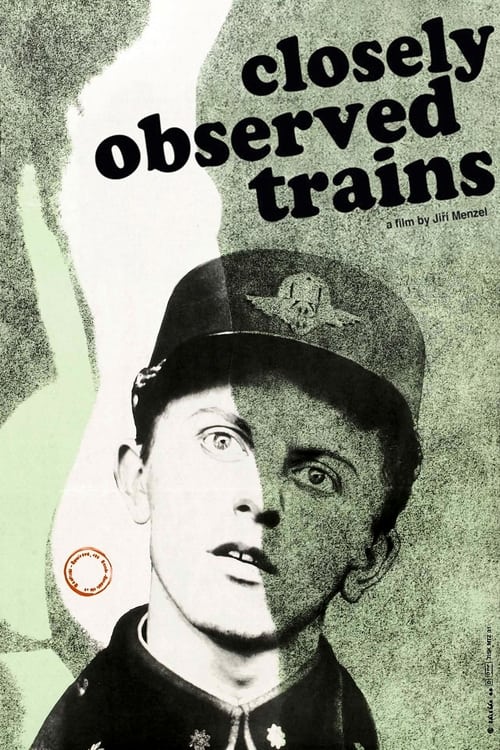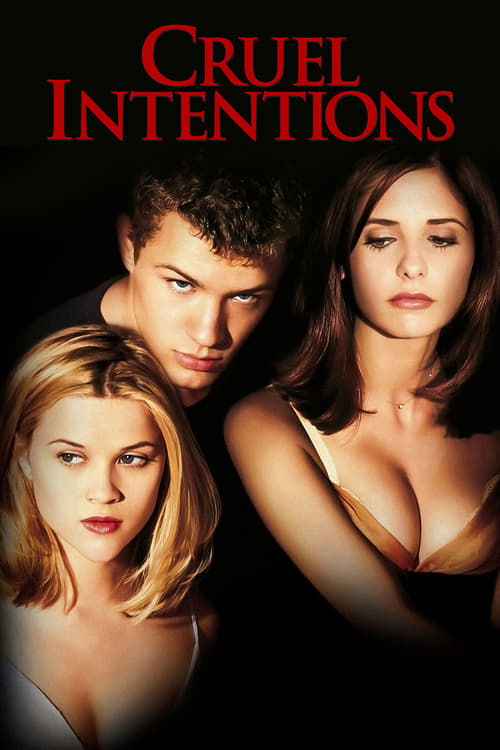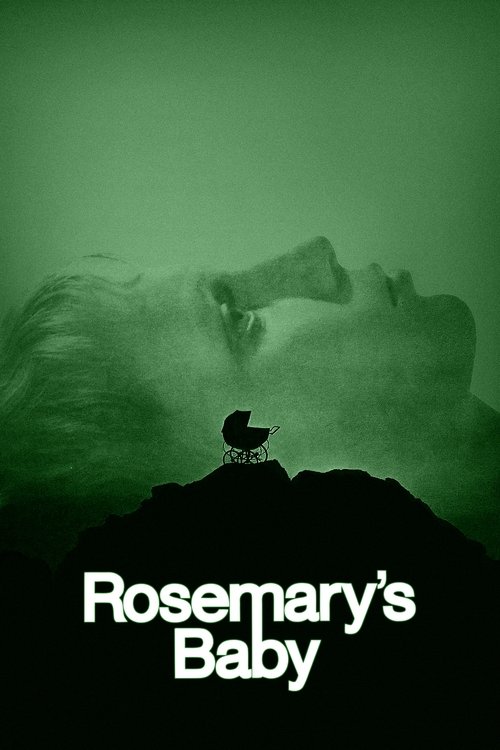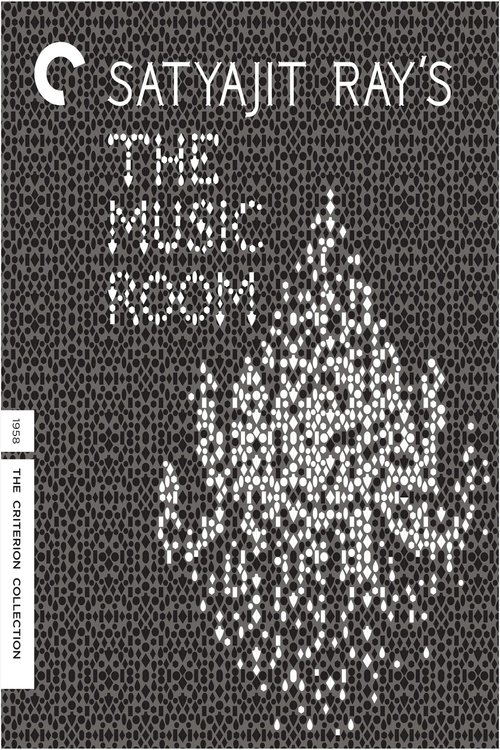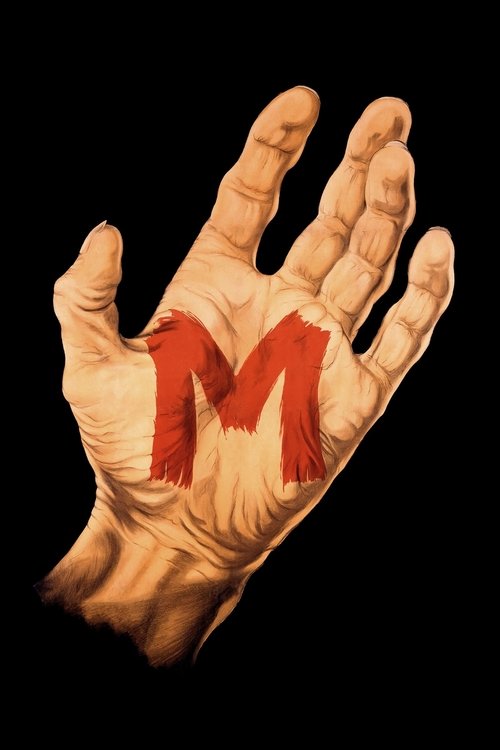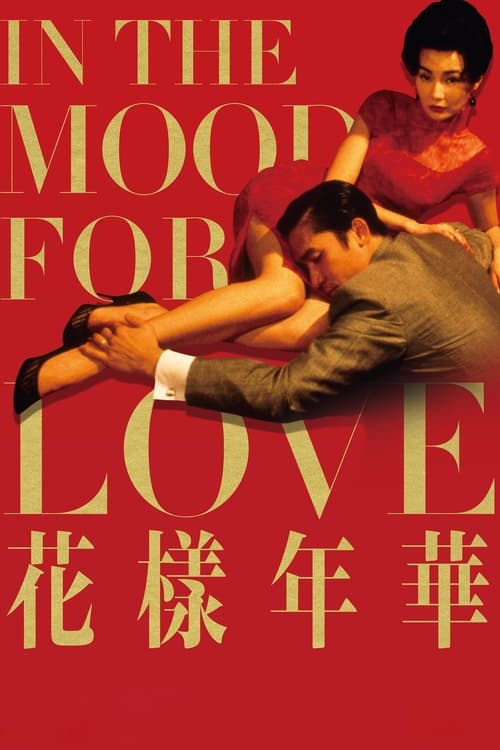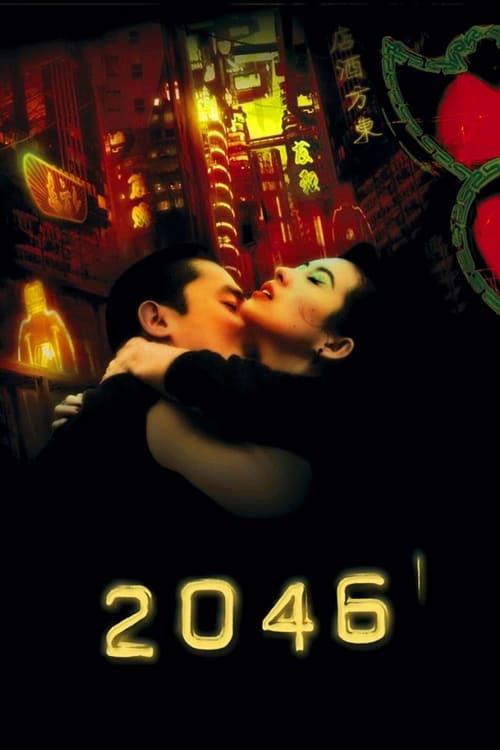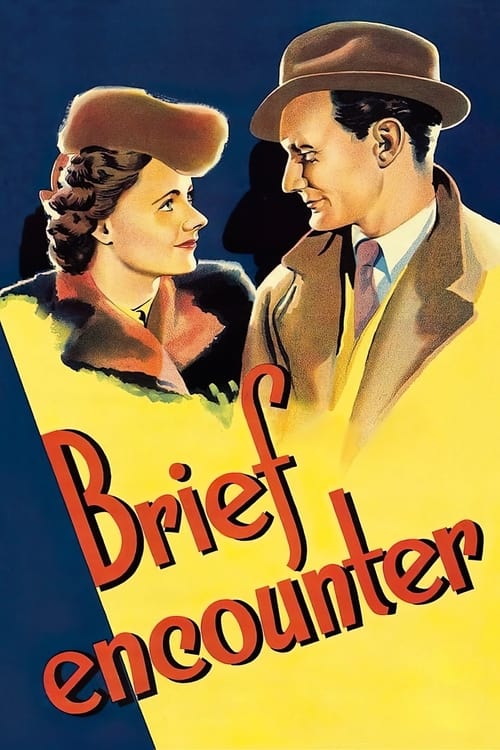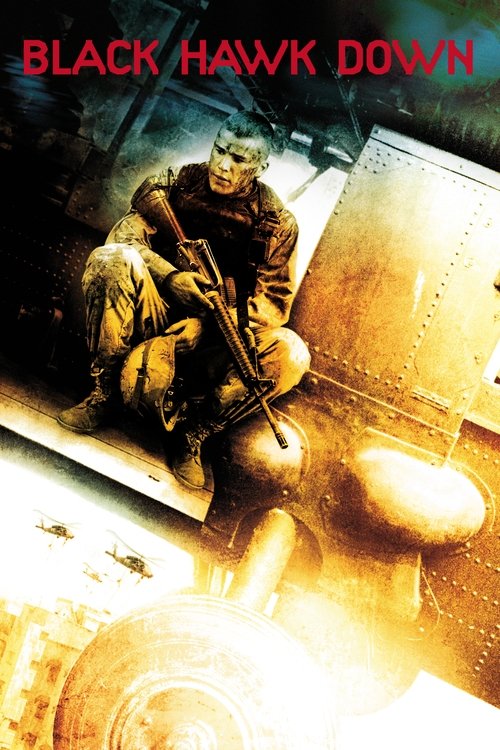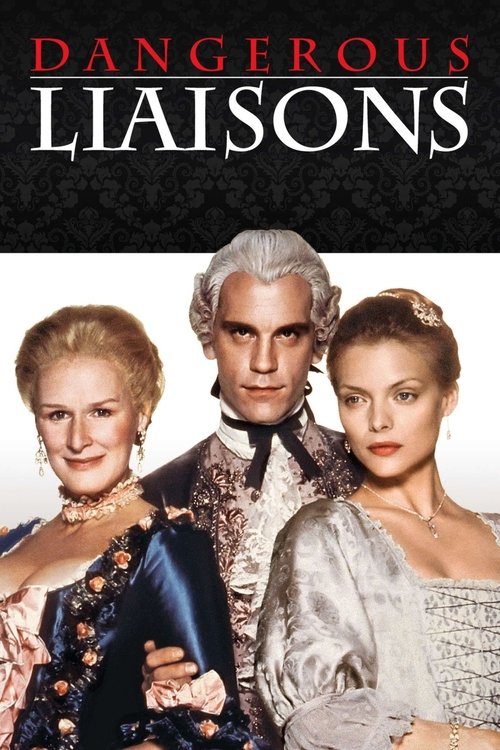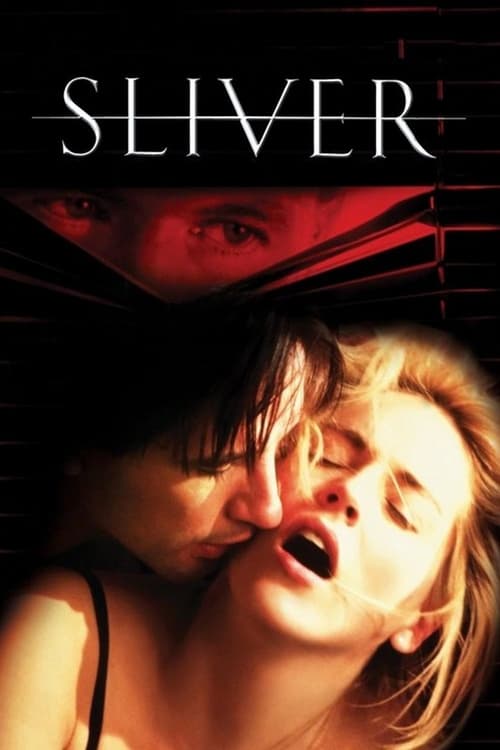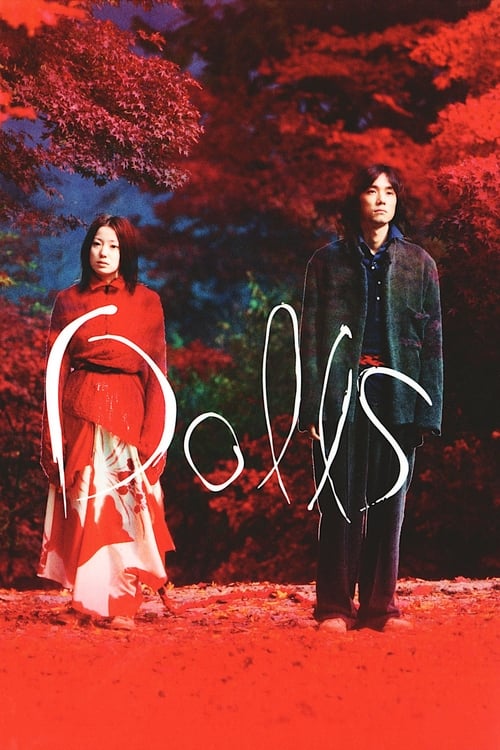Drama
History
Returning to their lord's castle, samurai warriors Washizu and Miki are waylaid by a spirit who predicts their futures. When the first part of the spirit's prophecy comes true, Washizu's scheming wife, Asaji, presses him to speed up the rest of the spirit's prophecy by murdering his lord and usurping his place. Director Akira Kurosawa's resetting of William Shakespeare's "Macbeth" in feudal Japan is one of his most acclaimed films.
Directors
Toshirō Mifune
Taketoki Washizu
Isuzu Yamada
Lady Asaji Washizu
Takashi Shimura
Noriyasu Odagura
Akira Kubo
Yoshiteru Miki
Hiroshi Tachikawa
Kunimaru Tsuzuki
Minoru Chiaki
Yoshiaki Miki
Takamaru Sasaki
Kuniharu Tsuzuki
Gen Shimizu
Washizu samurai
Kokuten Kōdō
Military Commander
Kichijirō Ueda
Washizu's workman
Eiko Miyoshi
Old Woman at castle
Chieko Naniwa
Old Ghost Woman
Nakajirō Tomita
Military Commander #2
Yū Fujiki
Washizu samurai
Sachio Sakai
Washizu samurai
Shin Ōtomo
Washizu samurai
Yoshio Tsuchiya
Washizu samurai
Yoshio Inaba
Military Commander #3
Directors
More like this
User reviews2
Review
Featured review
I think that this is a superb tragi-adventure story that stands out well amongst the numerous loose adaptations of Shakespeare that have been made over the years. Kurosawa takes the Scottish play and gives it the "Noh" treatment that delivers an enigmatic and tautly directed rendition of a story of betrayal, power and insanity. Toshirô Mifune is magnificent as "Washizu" who after getting lost with his colleague (Minoru Chiaki) in the doleful "Spider's Web" forest is given a cryptic prophecy that one day he too is destined to rule the great "Spider's Web castle"... Initially reluctant to embark on this path, he soon becomes blinded by this ambition on the misguided advice of his wife (Isuzu Yamada) and so he sets out on a despotic path than can only end in disaster for everyone. The cast work the story well, ably aided by the eeriness of the sets and a sharp pace. It works far better, in my opinion, in monochrome - no colourful distractions from the moody cinematography of the forest nor of the castle architecture and the mobilisation of grand armies - especially in the scenes set in winter; and the general grittiness of the scenarios are easily akin to those of 11th Century Scotland. Once the delirium of the final scenes is upon us, the performances become plausible and in the end , I almost felt sorry for "Washizu". Great stuff.
Geronimo196720 Apr, 2023
Top picks
TV shows and movies just for you
Box office
Budget
$0Gross worldwide
$13,422